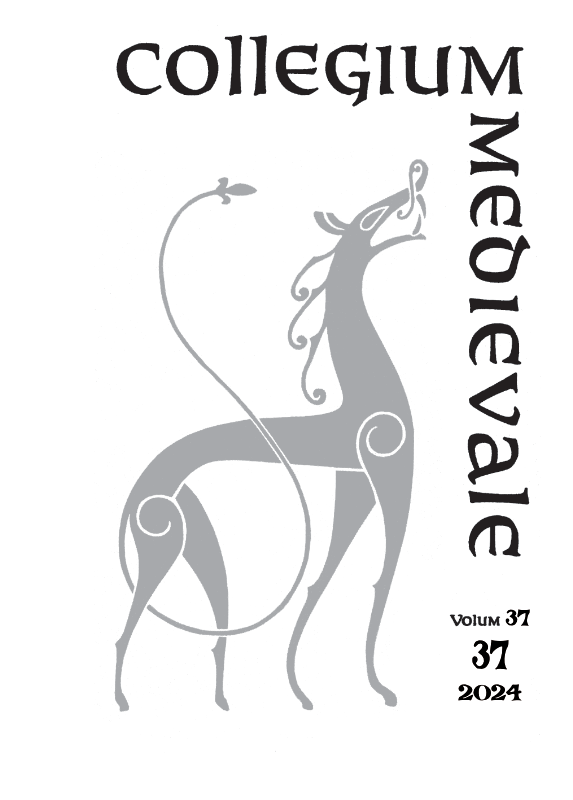Sammendrag
The main aim of this article is to study the relationship between various types of sounds, voices, and speeches, as described in Old Norse literature, and more specifically to investigate what sounds fill the presumed silence when humans chose not to speak. Using the three-partite sonic system, as presented in the so-called Second and Third Old Norse Grammatical Treatises as a starting point, the article moves on to deploy the theoretical framework of embodied, embedded, extended and enacted cognition (4E cognition) as a structural scaffolding for the analysis. Examples from various translated and indigenous Old Norse text show that the lack of human speech is usually complemented by the sounds and effects of human actions, their body language, the tools they use, as well as the sounds of natural, supernatural, and divine agencies. The article offers a new understanding of the integral value and symbolism of human silence in Old Norse literature and culture, thus highlighting its significance in an ecology that otherwise abounds with a rich variety of sounds and voices.
Dette verket er lisensiert under Creative Commons Attribution-ShareAlike 4.0 International License.
Opphavsrett 2024 Stefka G. Eriksen

